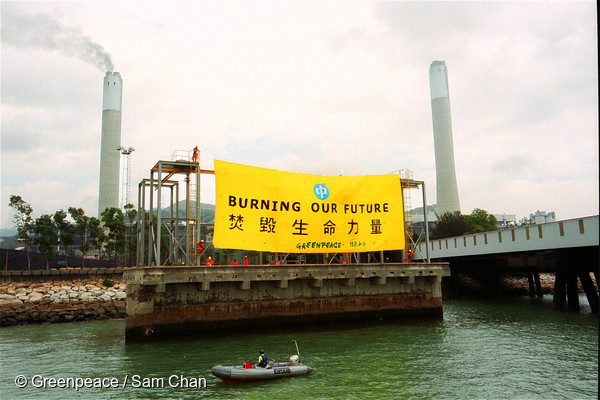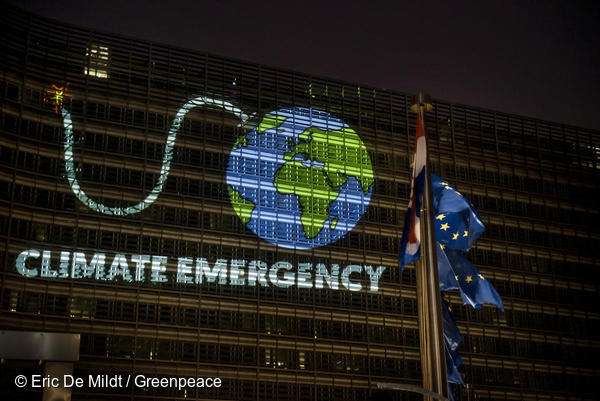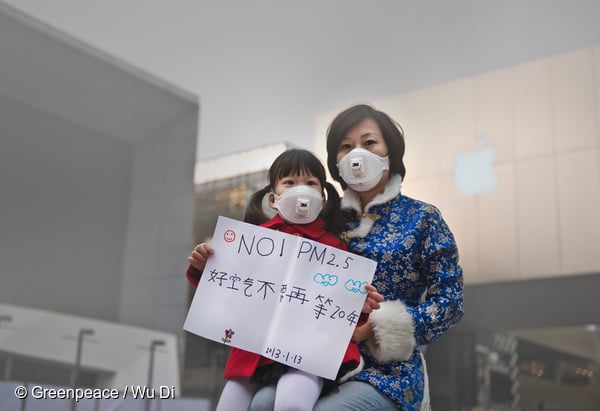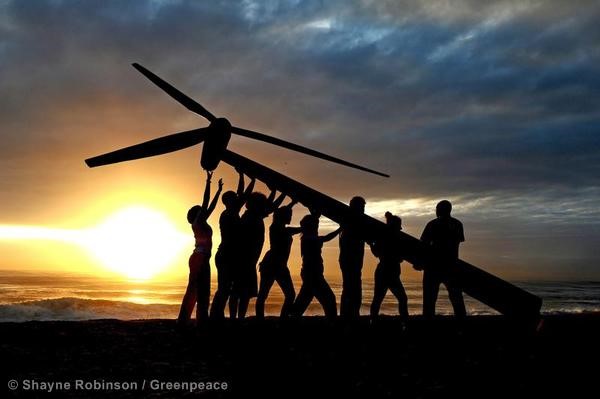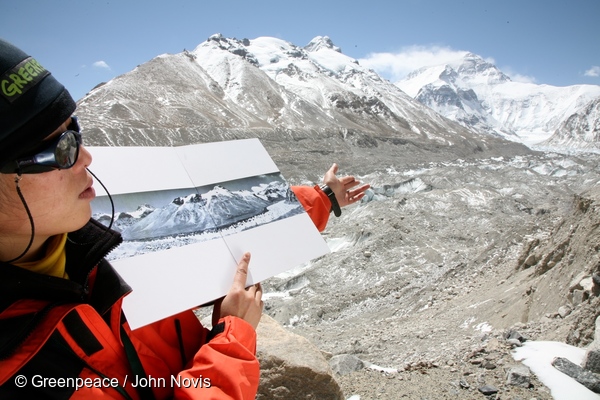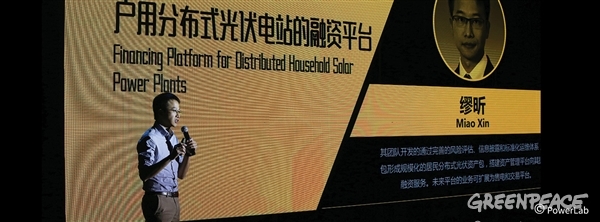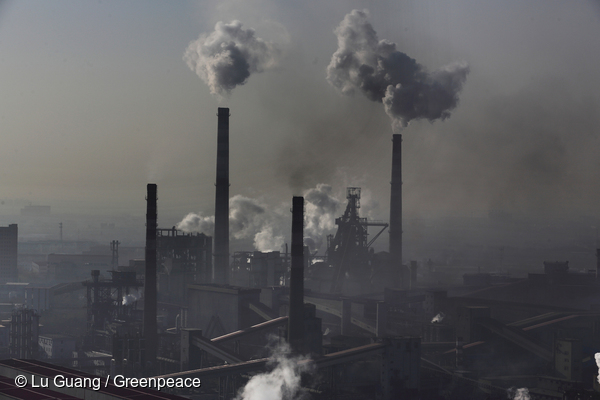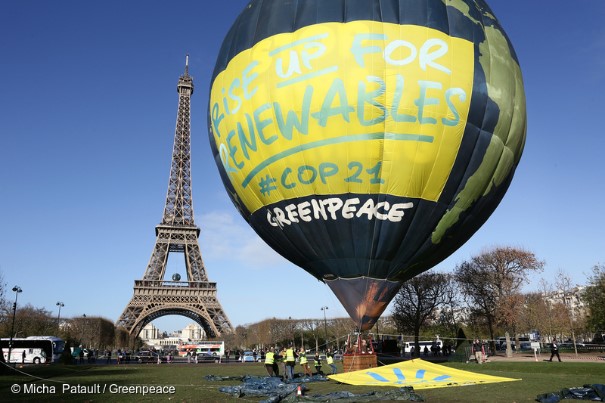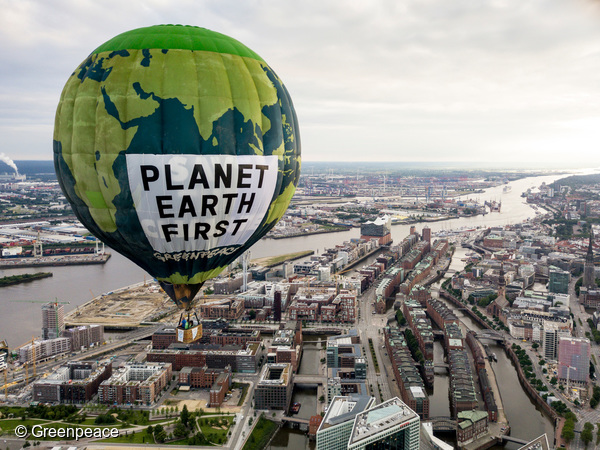All articles
-
Cancelling new coal plants in Southeast Asia, Korea, Japan would save 50,000 lives a year
Hong Kong, 13 January 2017 - Approximately 50,000 lives a year could saved by 2030 if no new coal-fired power plants are built in Southeast Asia, South Korea, Japan and Taiwan, according to a groundbreaking peer reviewed study from researchers at Harvard University and Greenpeace International.
-
China raises hopes for continued climate change action at Davos – Greenpeace
17 January 2017, Davos - Chinese President Xi Jinping today addressed the opening of the World Economic Forum in Davos. Under the theme "responsive and responsible leadership", Xi offered his view on a set of global issues including climate change, urging all parties to stick to the Paris Agreement instead of walking away from it,…
-
Almost three quarters of Chinese cities yet to reach air quality national standards: Greenpeace
Beijing, 17 January, 2017 - Analysis of rates of air quality improvement from 366 cities across China shows that 270 cities, or 74%, fail to meet China’s national air quality standards. Greenpeace East Asia and the Shanghai Qingyue Environmental Protection Center [1] urge city governments across the country to ensure that timelines to meet the…
-
China releases its energy sector development 13th five year plan: Greenpeace response
Beijing, 5 January, 2017 - China’s National Energy Administration’s national energy sector development 13th five year plan firms up the country’s coal consumption cap and puts the country on the path of a steady energy transition. World-leading levels of investment in renewable energy will be maintained, with the country planning to invest RMB 2.5 trillion…
-
Friday Five: the fight for Poyang lake and is China digging more coal?
China’s bumpy energy transition hit the headlines this week as the government eases curbs on production, China’s conservationists fight to protect one of the last habitats of the Yangtze finless…
-
From Student Environmentalist to Solar Pioneer
Miao Xin gives a presentation on his solar financing platform at PowerLab in Shanghai, 4 November 2016. From eccentric student environmentalist, to distributed solar pioneer, Miao Xin is one of…
-
Media Update: Beijing PM2.5 carcinogen concentration falls as less coal burnt
Beijing, 14 November, 2016 - In 2013 Greenpeace East Asia, in collaboration with the Public Health Faculty of Peking University, reported that PM2.5 in Beijing contained levels of the heavy metal and group 1 carcinogen, arsenic, 3.85 times higher than the national standard.[1] The report also found worryingly high levels of two other carcinogens, cadmium…
-
The startup heroes of China’s household solar revolution
China has seen enormous growth in renewable energy over the last few years. It now has both the largest and the fastest growing wind and solar sectors in the world.…
-
G20 is over, now it’s time for action
zoom 09 October 2016 COP21 Earth Balloon Action in Paris © michapatault
-
Greenpeace urges G20 governments to bring Paris Agreement into force this year
Beijing, 5 September 2016 - The Hangzhou G20 communique issued today brings climate change to the center stage of the global political agenda and sends a strong signal for all nations to join the Paris Agreement as soon as possible. Greenpeace urges governments around the world to bring the Paris Agreement into force by the…

